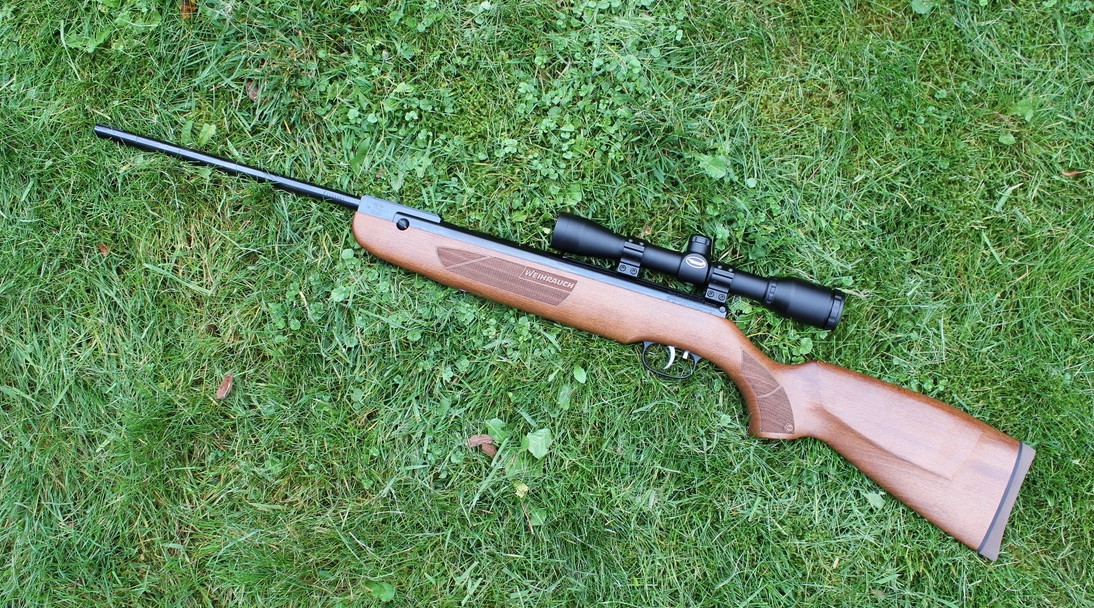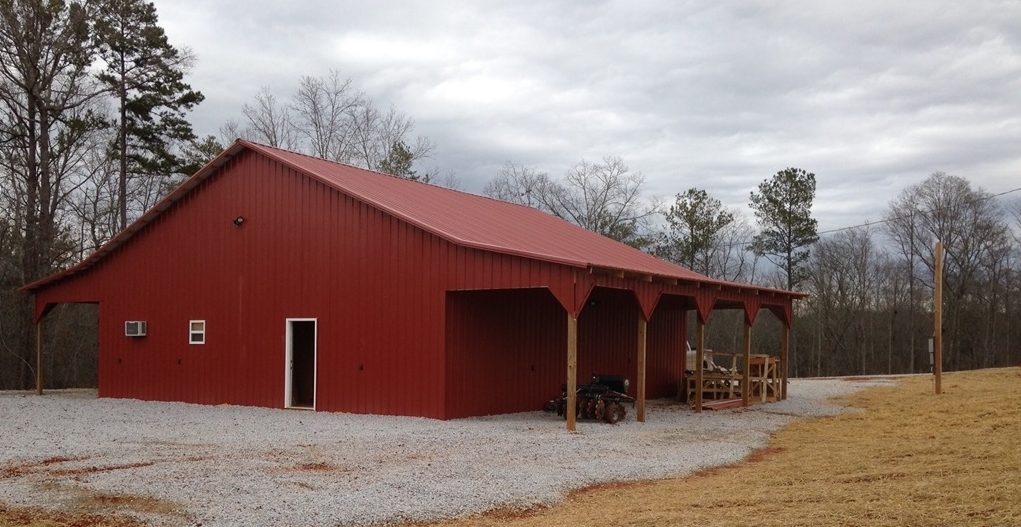Water is one of the most precious resources we have, and it is doubly precious in the middle of any situation where our usual water supplies are cut off or contaminated.
One of the very best things you can do to ensure your continued access to water, no matter what, is to install a rain catching system on your property.

People have been doing it for thousands and thousands of years, but some states actually tightly regulate the practice.
How about Arkansas? Is it illegal to collect rainwater in Arkansas?
No, it isn’t illegal to collect rainwater in Arkansas but the practice is tightly controlled and regulated. The State Board of Health dictates that any collected rainwater is only used for non-potable purposes, and all systems must comply with the Arkansas Plumbing Code.
This is something of a major disappointment if you live in Arkansas. Compared to every other state in the south, Arkansas has significantly more regulations and oversight on the design, installation and use of rainwater collection systems.
But, it’s just something you’ll have to deal with if you want to set up your own in the state. Keep reading and I’ll tell you everything else you need to know.
Is Collection of Rainwater Illegal at the State Level in Arkansas?
No, the collection of rainwater isn’t illegal at the state level in Arkansas but it is tightly controlled through the State Board of Health. See 17-38-201.
The board of Health has been empowered by the legislature to set standards for the use of rainwater collection systems by citizens.
In short, every rainwater collection system in the state must comply with the edicts of the State Board of Health.
That means they must all be designed by professional engineers and fully comply with the codes laid down and the Arkansas Plumbing Code.
Is Collection of Rainwater Illegal at the County Level?
No, my knowledge there is no county in Arkansas that makes the collection of rainwater outright illegal.
That being said, individual counties and city governments might institute even stricter laws and ordinances concerning the use of rain water catching systems.
It’s bad enough having to comply with the water state laws, but now you must double check and ensure that your local authorities aren’t going to make the process even harder.
I would expect permitting processes and inspections as a matter of course, particularly in more populous areas.
Under What Conditions Can Citizens Collect Rainwater in Arkansas?
Citizens of Arkansas can collect as much water as they want with their systems whenever it is raining, and there is no state statute determining times or seasons when rainwater collection is off-limits or restricted.
But with that said, it isn’t out of the question that local or state authorities might issue restrictions or total stoppages on the practice depending on any emergencies that have arisen.
Especially in the case of drought, groundwater or below ground water source…

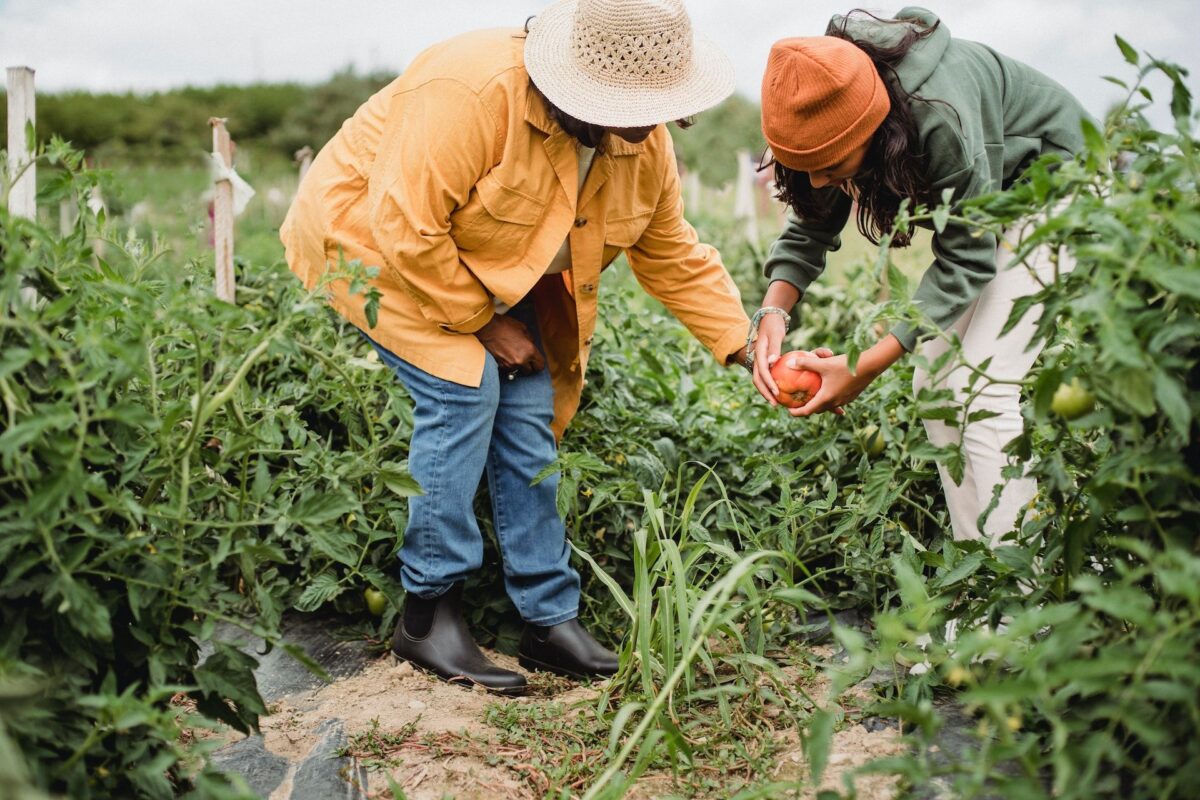
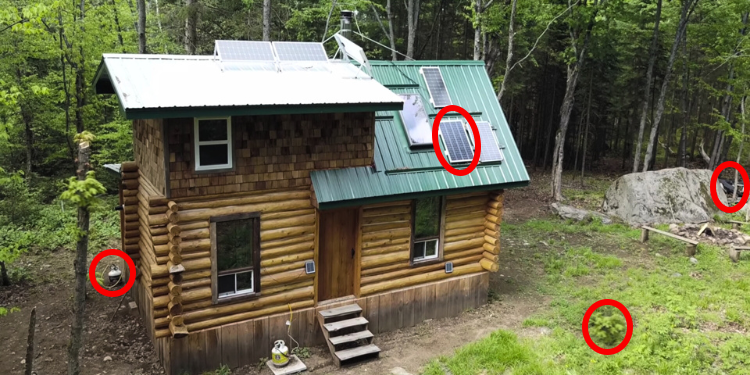
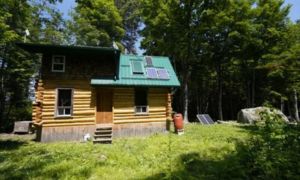 Idaho has some of the most relaxed laws on homesteading and off-grid homes in the entire country.
Idaho has some of the most relaxed laws on homesteading and off-grid homes in the entire country.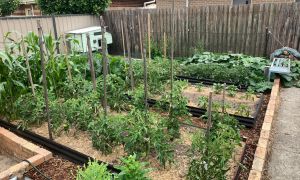 The lands of Idaho are fertile, although in the northern areas of the state it should be noted that the growing period of…
The lands of Idaho are fertile, although in the northern areas of the state it should be noted that the growing period of…